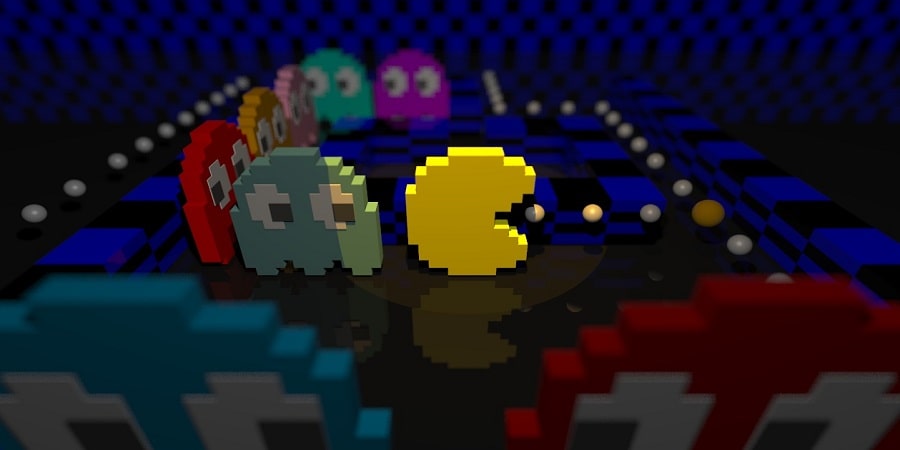Development of Graphics in Games

From pixelated blobs moving across the screen to hyper-realistic, immersive virtual realities, the evolution of graphics in games showcases the fantastic journey of technological advancement and creativity in the gaming industry.
At the heart of any video game lies its graphics. It’s the visual medium through which players interact, ensuring a tangible connection between the player and the digital world. As technology has progressed, so has the capability to depict more intricate and realistic graphics, allowing players to delve deeper into gaming experiences.
The First Primitive and Modern Photorealistic Graphics
In the 1960s, gaming was in its infancy. Games like “Pong” featured rudimentary graphics, consisting of basic shapes and monochromatic colors. However, even in this early stage, the seeds for photorealistic graphics were sown. The initial venture into 3D graphics started with the game “Spacewar!”, where players piloted spaceships, showcasing how far developers were willing to push the envelope, even with limited technology.
More Modern Graphics
Entering the 70s and 80s, color graphics emerged, and games became more visually diverse. The advent of arcade machines brought forward titles like “Pac-Man” and “Space Invaders”, which, while still pixelated, offered more vibrant visuals.
The real game-changer was the introduction of home consoles. The Nintendo Entertainment System (NES) and Sega Master System further refined on-screen graphics. Games such as “Super Mario Bros.” and “The Legend of Zelda” were landmarks in visual storytelling, with varied landscapes, characters, and enemies.

Photorealistic Graphics in Games
Fast forward to the last five years, and the gaming landscape is almost unrecognizable from its origins. Modern gaming platforms and powerful video cards have allowed developers to create visual effects that are as close to real life as possible – this is actively used by kazino Spelet, offering players live games with a dealer. Titles like “Red Dead Redemption 2” and “The Last of Us Part II” are not just games but cinematic experiences, with character models, environments, and animations that blur the line between reality and fiction. Ray tracing technology, which simulates real-world lighting, and advancements in VR have further solidified the move towards complete immersion.
Conclusion
The journey of graphics in games is emblematic of human innovation. Each decade brought forth new challenges and new solutions, transforming a once simple pastime into a dominant form of entertainment. As we stand on the precipice of virtual realities and augmented experiences, one can only wonder: where will the next evolution take us?
